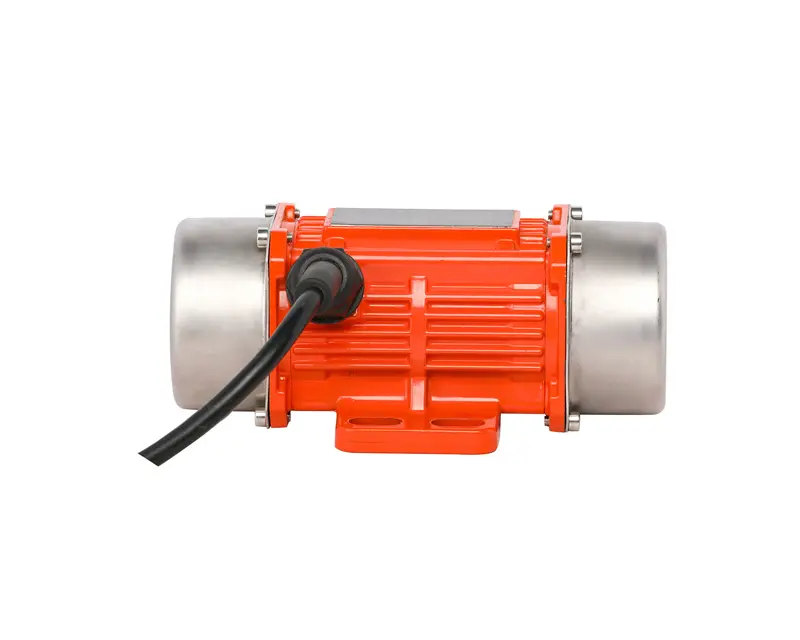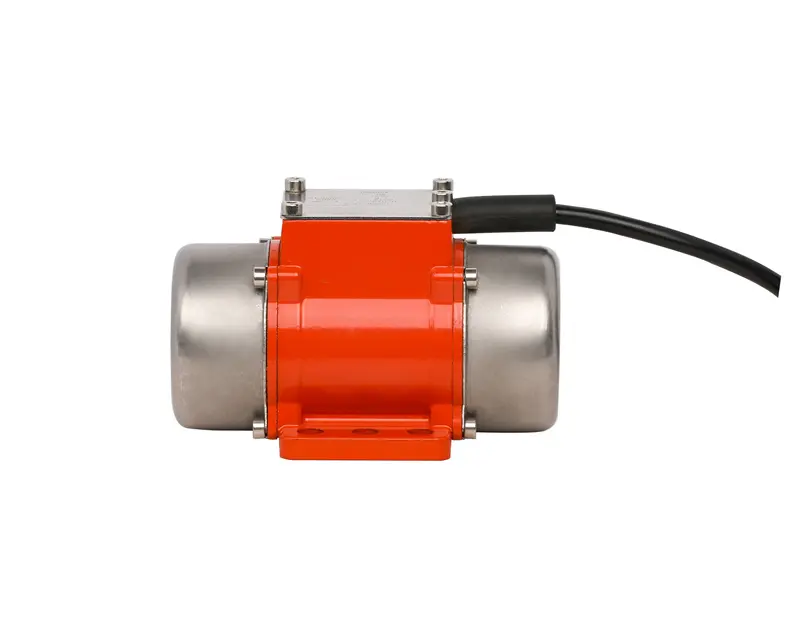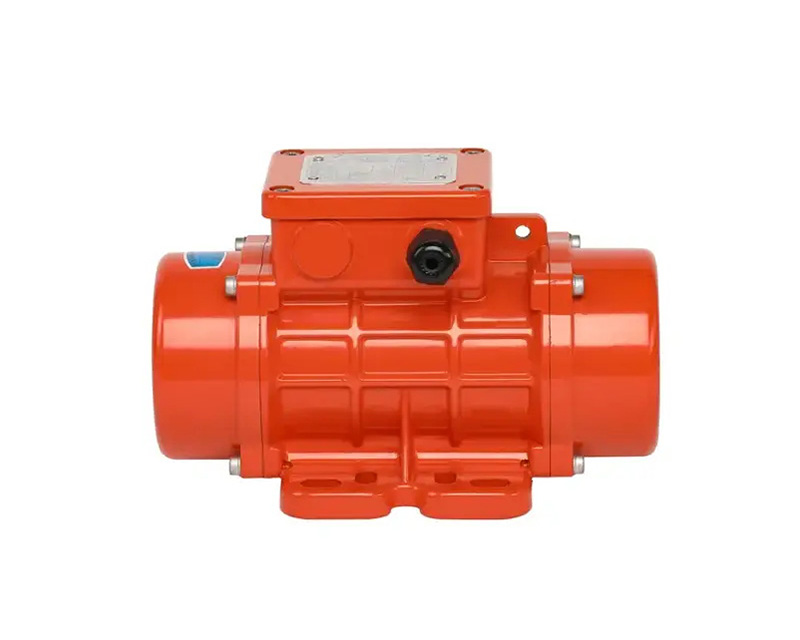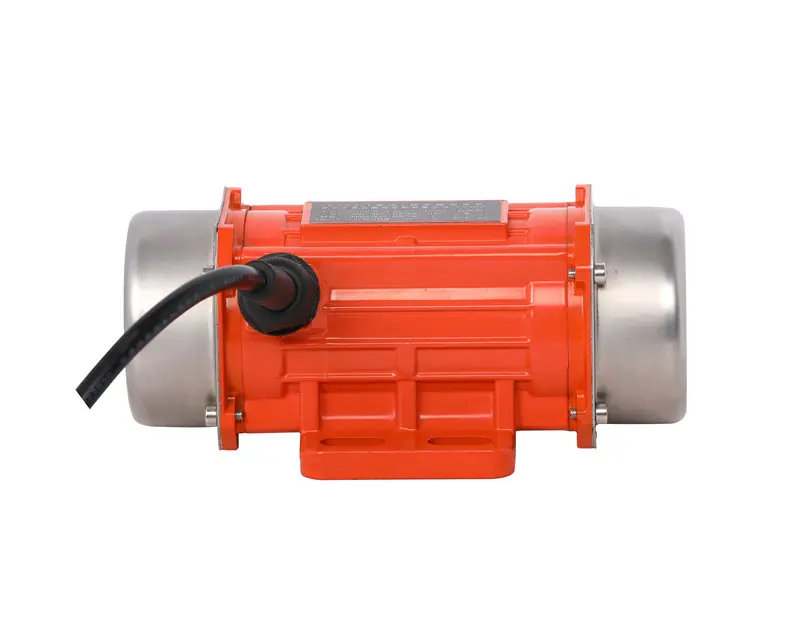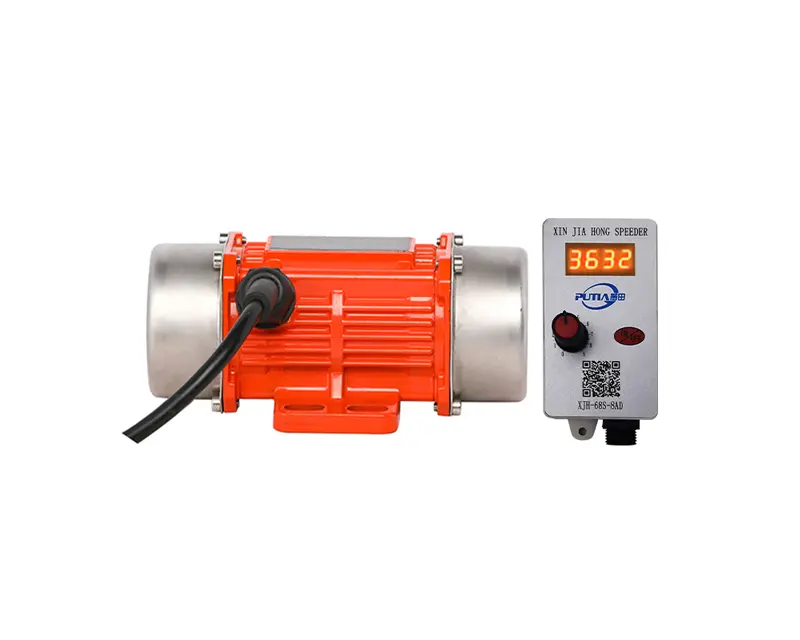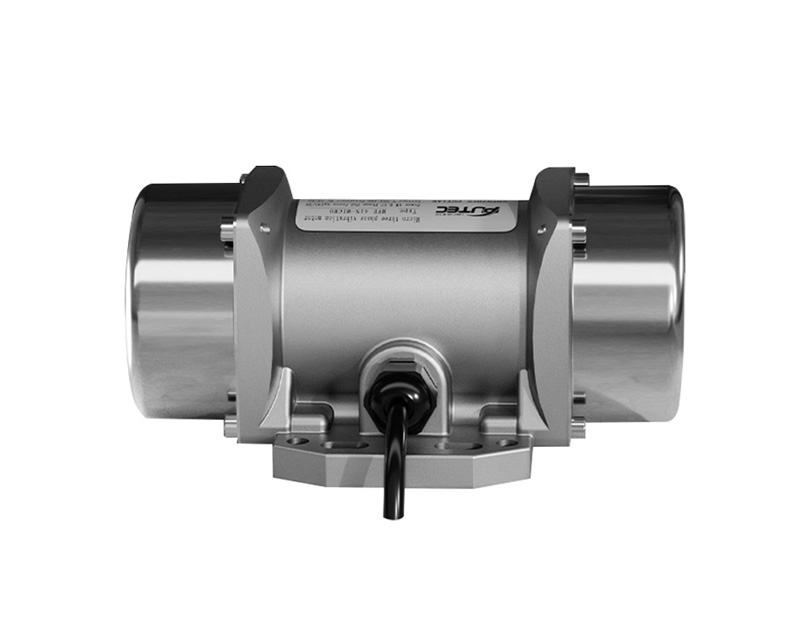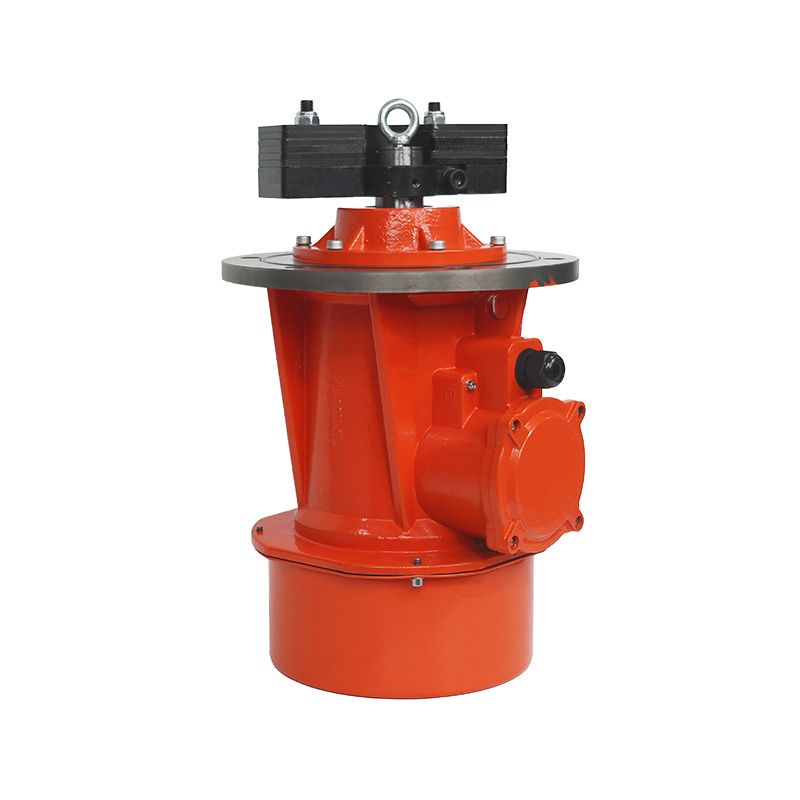Understanding Vibrating Disc Motor And Linear Vibration Motor: Applications, Differences
 Apr-11-2024
Apr-11-2024
 Industry News
Industry News
Vibration motors play a critical role in various applications, from smartphones and wearables to industrial machinery and automotive systems. This article will explore two common types of vibration motors—vibrating disc motors and linear vibration motors—and discuss their applications, differences, and maintenance needs.
Vibrating Disc Motor
Vibrating disc motors, also known as coin vibration motors, are compact, lightweight, and disk-shaped. They produce a circular or eccentric oscillation that creates a tactile sensation when activated. These motors operate on the principle of an unbalanced mass attached to a motor shaft, which rotates to generate vibrations. Vibrating disc motors are widely used in consumer electronics such as smartphones, smartwatches, and game controllers for providing haptic feedback.
Applications
1. Consumer Electronics: Vibrating disc motors are ideal for providing tactile feedback in smartphones, tablets, and other handheld devices. They enhance user experiences by simulating touch interactions.
2. Wearables: In wearable technology like fitness trackers and smartwatches, vibrating disc motors offer discreet notifications through haptic feedback.
3. Medical Devices: These motors are used in medical devices like portable diagnostic tools and wearable health monitors to provide alerts or notifications to the user.
4. Gaming Controllers: Vibrating disc motors create immersive gaming experiences by simulating realistic sensations during gameplay.
Advantages
- Compact Size: Their small form factor allows them to be easily integrated into various devices.
- Low Power Consumption: They typically require small power to operate, making them suitable for battery-powered devices.
- Cost-Effective: These motors are affordable, making them a practical choice for high-volume consumer products.
Maintenance and Considerations
Proper care and usage can extend the lifespan of vibrating disc motors. Regularly check for signs of wear or damage, such as unusual noise or reduced performance. Ensure proper installation and use of motors within their specified voltage and load limits to avoid overheating.
Linear Vibration Motor
Linear vibration motors, also known as linear resonant actuators (LRAs), produce vibrations through a linear motion mechanism. These motors consist of a mass attached to a spring or suspension system, which moves back and forth when an electromagnetic field is applied. Linear vibration motors are known for their precision and are commonly found in high-end consumer electronics and industrial equipment.
Applications
1. Smartphones and Tablets: Linear vibration motors are used in devices to provide precise haptic feedback during user interactions, such as typing or receiving notifications.
2. Automotive Systems: In automotive applications, linear vibration motors provide tactile warnings or alerts, such as seat belt reminders or collision warnings.
3. Industrial Machinery: Linear vibration motors are utilized in industrial equipment for tasks like screening, sorting, and conveying materials.
4. Gaming Consoles: These motors offer advanced haptic feedback in gaming controllers, enhancing the user's immersive experience.
Advantages
- Precise Control: Linear vibration motors offer precise control over the amplitude and frequency of vibrations, making them suitable for nuanced haptic feedback.
- Quiet Operation: Compared to other vibration motors, linear vibration motors operate quietly and smoothly.
- Rapid Response Time: These motors can quickly adjust their output, providing immediate feedback when required.
Maintenance and Considerations
Regular maintenance is essential to keep linear vibration motors in good working condition. Monitor for signs of wear, particularly in the spring or suspension system, as they may degrade over time. Proper installation and usage within the motor's specifications are crucial to avoid damage or performance issues.
Choosing the Right Vibration Motor
When deciding between a vibrating disc motor and a linear vibration motor, consider the specific requirements of your application. Factors such as size constraints, power consumption, noise levels, and haptic feedback precision should guide your choice.
Vibrating disc motors are ideal for compact devices with low power needs, while linear vibration motors are better suited for applications requiring precise and smooth haptic feedback. Ultimately, the decision will depend on your device's design and the intended user experience.
Both vibrating disc motors and linear vibration motors offer unique advantages and can be invaluable in different applications. Understanding their respective features, applications, and maintenance needs can help you choose the right motor for your project and ensure ideal performance and longevity. Regular monitoring and proper maintenance are key to preserving the efficiency and reliability of vibration motors across various use cases.


 English
English русский
русский Português
Português عربى
عربى فارسی
فارسی
